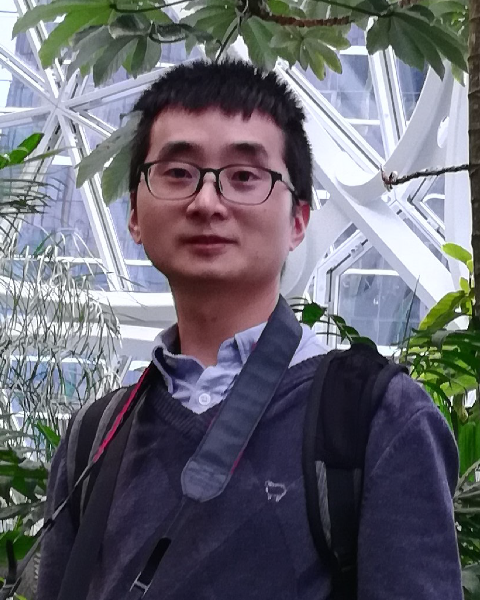Neural Engineering
Site-specific Brain Therapeutics
(J-388) Site-specific Brain Therapeutics

Zhimin Huang
Postdoctoral Fellow
Rice University
Houston, Texas, United States- AM
Andrei Mitrofan
Student
Rice University, United States - JS
Joon Pyung Seo
Ph.D. Candidate
Rice University, United States - SN
Shirin Nouraein, MSc
PhD Student
Rice University, Texas, United States - MH
Manwal Harb
Ph.D. Candidate
Rice University, United States - CH
Clark Horak
Student
Houston Community College, United States - JS
Jerzy Szablowski
Assistant Professor
Rice University, United States
Presenting Author(s)
Co-Author(s)
Last Author(s)
The brain is comprised of multiple regions performing distinct functions. Within each of these regions, there are multiple cell types that can affect brain physiology. Finally, within each cell there are multiple signaling pathways, that, when activated or inhibited, control the cell’s activity, and consequently the physiology of the entire brain. For these reasons, methods that can control the brain with regional, cell-type, and molecular precision have been widely used in neuroscience. However, so far, these approaches relied either on gene delivery or placement of invasive devices. While gene therapy holds a great promise, the risks of genomic integration, vector toxicity, vector-directed immune response, and costs pose significant challenges. On the other hand, invasive devices enable site-specific delivery of drugs, but also surgically damage the modulated brain region, carrying risks of infection and hemorrhage. Here, we present a new approach that can provide multi-day, noninvasive, site-, cell-type, and molecularly specific control over cells in the brain without the need to use invasive devices or gene delivery.
Materials and Methods:: To achieve this, we introduced a new paradigm called Regionally Activated Interstitial Drugs (Fig. 1a), or RAID, which delivers a protein-based catalytic center to the brain using focused ultrasound blood-brain barrier opening. The protein is designed to attach to the interstitial space in the brain where it remains for days after initial delivery. While the protein is present in the brain it can locally process an inert BBB permeable prodrug into an active drug, resulting in a localized therapy.
Results, Conclusions, and Discussions::
We demonstrated the feasibility of RAID approach by localized delivery of a luciferase enzyme RLuc8.6 that was engineered to be retained in the brain, allowing us to preserve its activity for at least 7 days. Afterwards, we chose to modify aromatic-L-amino-acid decarboxylase (AADC), which can convert a prodrug, L-DOPA, to neurotransmitter dopamine. We fused AADC with a peptide (IKVAV) to attach it to the brain interstitial space and improve long-term retention in the brain. AADC delivery followed by L-DOPA administration reduced the counter-clockwise rotations in the open field test by 63±10% in mice with full RAID treatment (Fig. 1b, n = 14 mice, P = 0.0018, Two-way ANOVA test) but not in the control mice with FUS alone or no treatment at all (n = 11 mice for FUS alone group, n = 12 mice for wild-type group; P = 0.9992 and 0.6019 respectively, Two-way ANOVA test). We also found RAID-treated mice exhibited a 7.6(±2.2)-fold increase in ipsilateral c-Fos-positive cells (Fig. 1c, n = 14 mice, P = 0.0006, Two-way ANOVA test), whereas no significant changes were observed in untreated mice or mice treated with FUS alone (n = 12 mice for wild-type group, n = 11 mice for FUS alone group; P > 0.9999 and P = 0.6723 respectively, Two-way ANOVA test). Overall, the RAID paradigm enabled noninvasive, tunable, temporally-resolved, site-specific, non-genetic, neuromodulation over multiple days. RAID paradigm is versatile and can be applied to any enzyme and prodrug pair to control various aspects of central nervous system physiology.
Acknowledgements (Optional): : The authors thank Dr. Gregory Corder (University of Pennsylvania) and Dr. Caleb Kemere (Rice University) for helpful discussions on the behavior results. This research was supported by the Welch Foundation grant to J.O.S.
References (Optional): :
